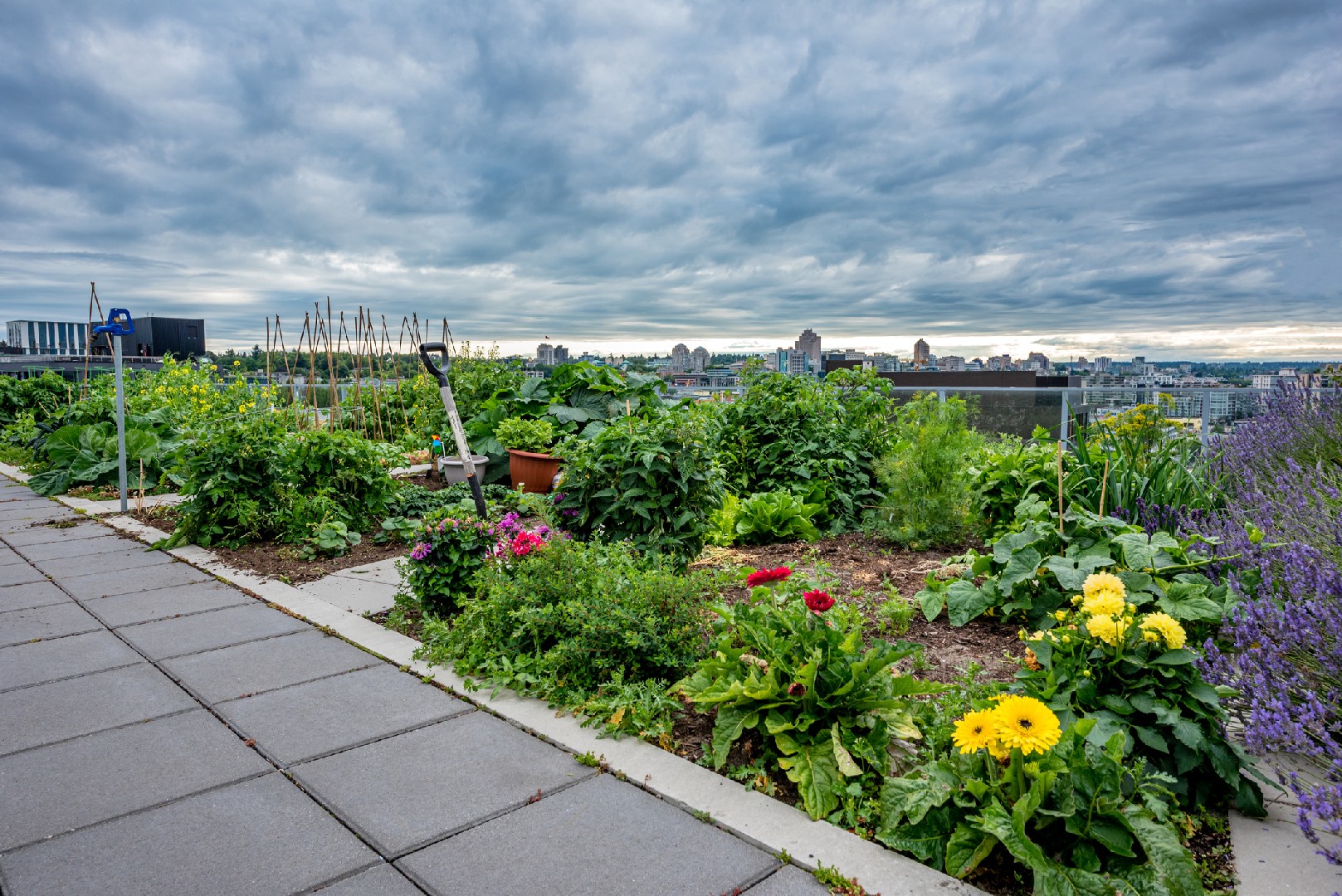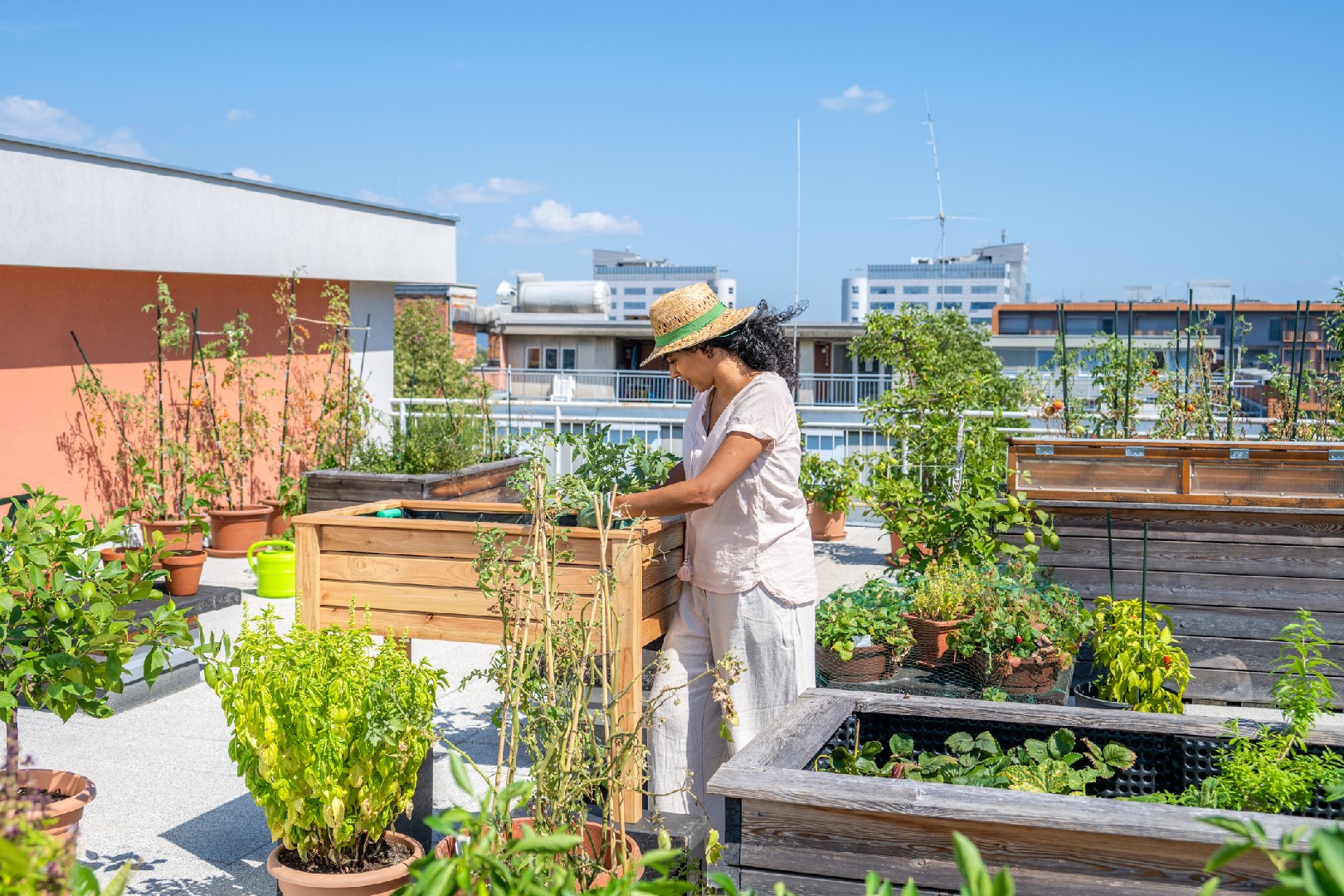![Rectangle]()
Planning and Designing Your Green Roof Garden
When it comes to planning and designing your green roof garden, there are several important considerations to keep in mind. These considerations will ensure that your garden is not only visually appealing but also functional and sustainable.
Before you start designing your green roof garden, it is crucial to assess the structural stability of your building. Green roofs can be heavy, especially when the soil is saturated with water, so it is important to ensure that the structure can support the additional weight. Consult with a structural engineer if necessary to ensure that your building is safe and capable of accommodating a green roof.
Another important consideration is regulatory codes. It is essential to check local regulations and obtain any necessary permits before starting your green roof garden project. Some cities may have specific guidelines for green roofs, especially in terms of safety and fire prevention. By following these regulations, you can avoid potential fines and legal issues.
In addition to structural and regulatory considerations, accessibility for maintenance is also important. Make sure that there is a safe and convenient access point to the green roof garden for maintenance purposes. This will make it easier to tend to your plants, check for any issues, and perform routine maintenance tasks.
When it comes to the design elements of your green roof garden, there are several key components to consider. First, you will need to ensure that your green roof is properly waterproofed. This will prevent water from seeping into the building and causing damage. Additionally, a proper drainage system is necessary to prevent waterlogging and ensure that excess water is efficiently drained from the roof.
The choice of soil media is also crucial for the success of your green roof garden. It should be lightweight, well-draining, and nutrient-rich to support plant growth. Consider using a specialized green roof substrate that is specifically formulated for this purpose.
Finally, plant selection plays a significant role in creating a visually appealing green roof garden. Choose plants that are suitable for the local climate, can withstand the rooftop environment, and have visual appeal throughout the year. Incorporate a mix of perennials, grasses, shrubs, and even small trees to create a diverse and vibrant green space.
To enhance the visual appeal of your green roof garden, consider incorporating elements such as pathways, seating areas, and decorative containers. These elements can add interest, create focal points, and provide practical spaces for relaxation or entertaining.
By considering these factors and implementing them in your design, you can create a green roof garden that is not only visually stunning but also functional, sustainable, and enjoyable. Take the time to plan and design your green roof garden carefully, and you will be rewarded with a beautiful and thriving outdoor space.





